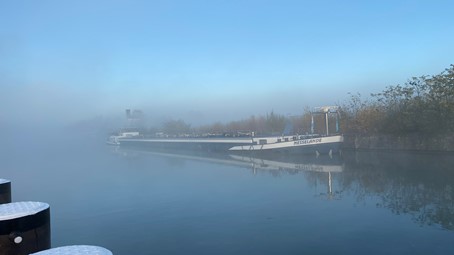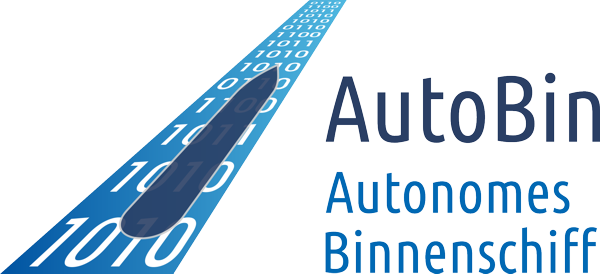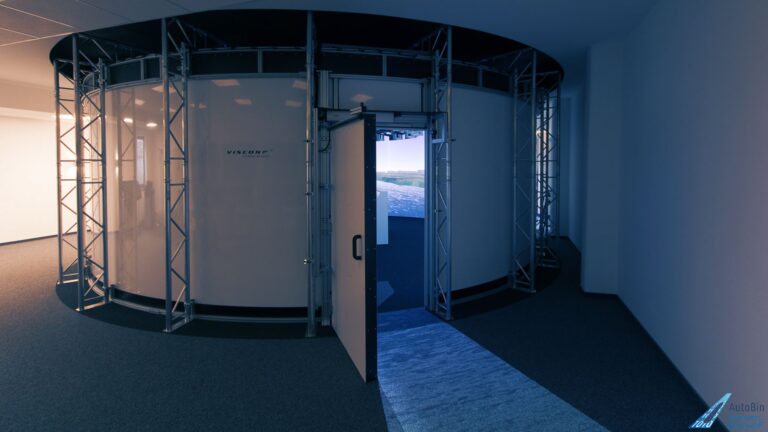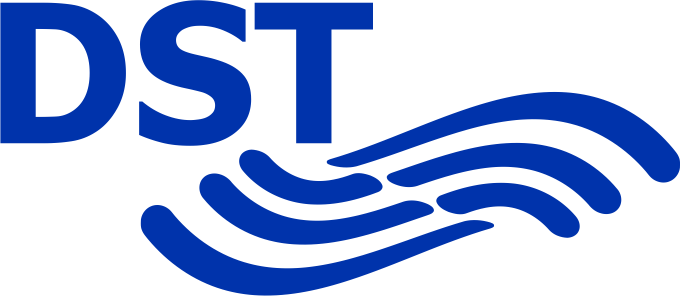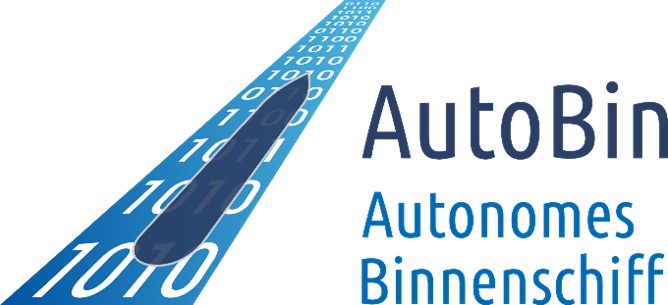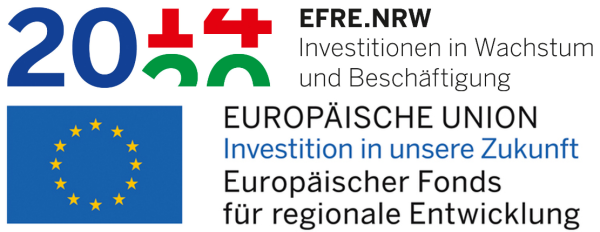For the inland vessel automation system developed during the AutoBin project, relevant test scenarios have to be defined against which the system will be tested and evaluated. The relevance of these scenarios refers not only to nautically demanding situations, but also to circumstances that push the developed model to system-related limits. These include uncertainties in the modeling of the movement behavior of the barge under consideration, as well as inaccuracies in the driving physics used to train the artificial intelligence. Since, among other things, the radar signals and weather effects are also synthesized to enable training in the driving simulator, automated driving under difficult weather conditions is only as good as the modeling of these effects on the installed sensor technology. The worse the visibility conditions become in reality, the worse the detection of the environment by sensors becomes.
Not only the described test scenarios are tested individually, but also combinations of these. In this way, even more special cases are investigated.
